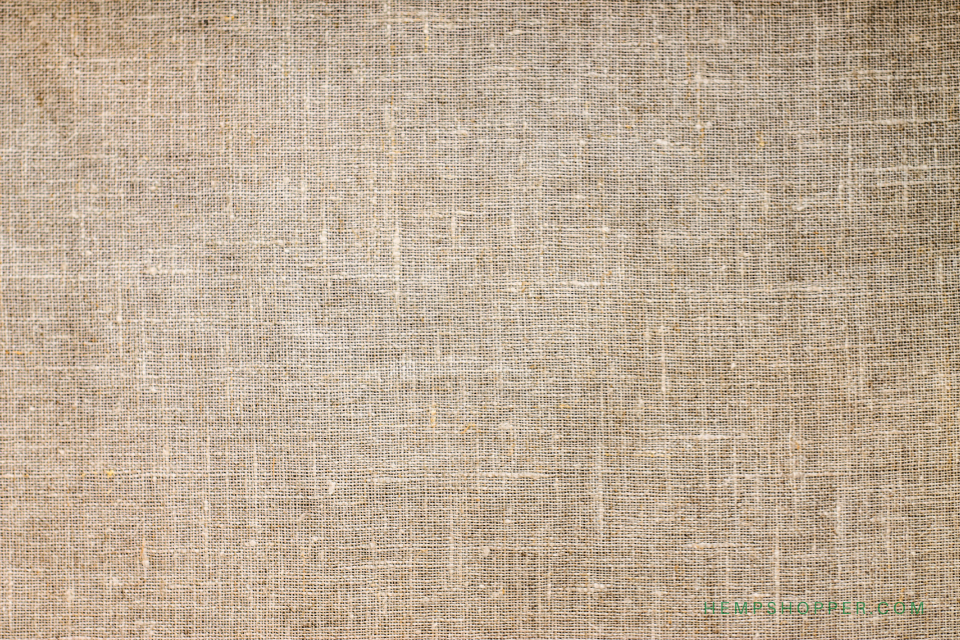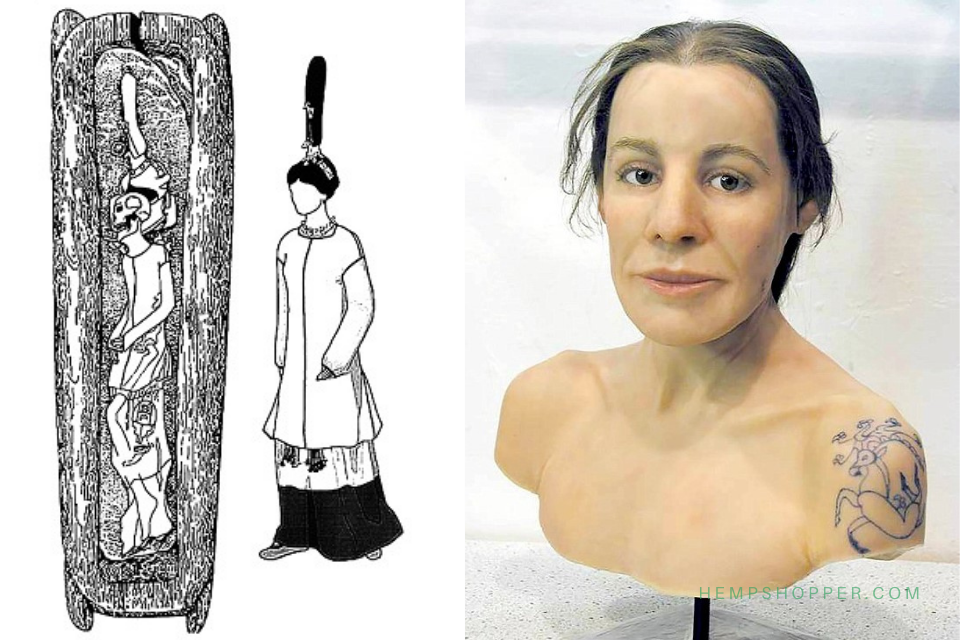700 BCE: Shaman buried with weed in Gobi Desert

700 BCE: Shaman buried with weed in Gobi Desert.
It was in the 80’s, when farmers in the Gobi Desert uncovered a huge ancient burial site at the base of the Fire or Flaming Mountains, in the Xinjiang province. The cemetery, which is 2600 – 3000 years old, measures approximately 600,000 square feet. Because of the location’s extremely dry climate, human remains as well as plant matter and artefacts have been remarkably well conserved.
They found the preserved remains of a male approximately 40-45 years old. It is a fact that the man is one of the many examples of Caucasians, members of nomad tribes found buried in several cemeteries along the extended Central Asian area known as Tarim Basin. The man had been buried with a group of artefacts, characterised as rare and high-value: a make-up bag, bridles, pots, archery equipment and a kongou harp.
But not only that. They found, is well, a wooden bowl, in a leather basket, that contained nearly two pounds of an herb that was still green! In principle, it was thought to be coriander, but botanical analysis and genetic testing showed it to be cultivated cannabis.
Apparently, the man belonged to a highly estimated social group which engaged in music but also in drug-taking, probably in the framework of cultic or healing practices.
According to this, researchers identify the man as a shaman. They also suggest he was a member of the Gushi people, who spoke a now-extinct language called Tocharian that was similar to Celtic. His people -actually one of several Indo-European speaking tribes- were living in the Gobi Desert for centuries as nomads and pastoralists.
A multidisciplinary international team demonstrated that this material contained tetrahydrocannabinol, the psychoactive component of cannabis, its oxidative degradation product, cannabinol, other metabolites, and its synthetic enzyme, tetrahydrocannabinoil acid synthase, as well as a novel genetic variant with two single nucleotide polymorphisms. The cannabis was presumably employed by this culture as a medicinal or psychoactive agent, or an aid to divination.
To our knowledge, these investigations provide the oldest documentation of cannabis as a pharmacologically active agent, and contribute to the medical and archaeological record of this pre-Silk Road culture 1.
Ethan Russo, one of the responsible in the analysis and invited member of the Chinese Academy of Social Sciences, established that the cannabis was probably used with psychoactive, medical or ” fortune telling” purposes.
Russo underlines that from the analyses carried out on 11 grams of the substance ,it can be deduced that the marijuana belonged to “a variety of drug that was cultivated, it was not wild”, and furthermore there is no record that hemp will be used in that area as food or to make fabrics.
However, Russo’s team has not been able to reveal how marijuana was administered, since no pipes or other inhalation utensils were found next to the mummy, buried with the objects that he would need in the afterlife according to tradition.
[1]. Oxford Academic, Various authors (November 2008): Phytochemical and genetic analyses of ancient cannabis from Central Asia in Journal of Experimental Botany, Volume 59,Issue 15. - -- -FABER, P.H. (2020): High Magick: A Guide to Cannabis in Ritual & Mysticism. Llewellyn Publications, USA. ISBN-13: 978-0738762661 Libertad Digital (2008): Una momia china de 2700 años llevaba tres cuartos de kilo de marihuana, article published in libertaddigital.com Archaeology Newsroom (2014) : The Secret Life Of A Gobi Desert Shaman. Archaeology and Arts. BURGER J, SIMONS,A. (2003): Climbing into the past: first Himalayan mummies discovered in Nepal, Journal of Archaeological Science,vol. 30 Photo: National Geographic. Research and text © Hempshopper Amsterdam.


 Hempshopper Amsterdam
Hempshopper Amsterdam 






